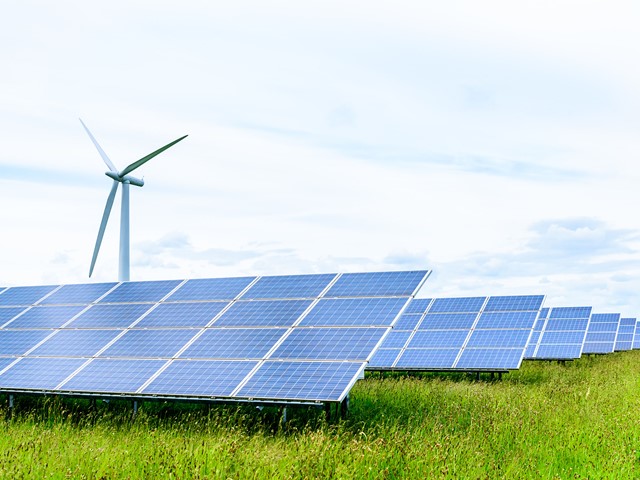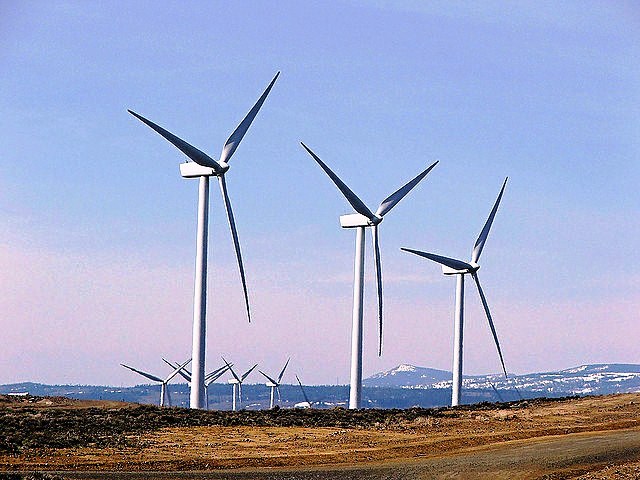Energy is the backbone of modern society, powering our homes, businesses, and industries. However, the way we generate and consume energy has profound consequences for the environment. From the emission of greenhouse gases to habitat destruction and resource depletion, our energy choices directly impact the health of our planet. In this blog post, we’ll explore the environmental impact of energy use, highlight key factors contributing to these impacts, and discuss the importance of transitioning to sustainable energy sources.
The Carbon Footprint of Fossil Fuels
Fossil fuels, including coal, oil, and natural gas, have been the dominant sources of energy for decades. However, burning fossil fuels releases large amounts of carbon dioxide (CO2) and other greenhouse gases into the atmosphere. These gases trap heat, leading to global warming and climate change. The consequences include rising sea levels, extreme weather events, and disruptions to ecosystems.
Additionally, fossil fuel extraction can cause habitat destruction and pollution. Oil spills, for instance, have devastating effects on marine life and ecosystems. Mining coal can lead to land degradation, water pollution, and harm to surrounding communities.
The Role of Deforestation
Energy production often requires land, and in many cases, this leads to deforestation. Clearing forests for the construction of power plants or the extraction of resources releases stored carbon into the atmosphere, contributing to climate change. Deforestation also disrupts ecosystems, threatens biodiversity, and reduces the planet’s ability to absorb CO2.

Air and Water Pollution
Beyond CO2 emissions, energy production can result in air and water pollution. Burning fossil fuels releases not only greenhouse gases but also pollutants like sulfur dioxide (SO2), nitrogen oxides (NOx), and particulate matter. These pollutants can lead to smog, respiratory problems, and damage to crops.
Similarly, energy production and consumption can contaminate water sources through the release of pollutants and waste products. Oil spills, improper disposal of coal ash, and runoff from industrial sites can lead to water pollution, affecting aquatic life and the health of communities that rely on these water sources.
The Depletion of Natural Resources
Many traditional energy sources are finite, meaning they will eventually run out. The extraction and consumption of non-renewable resources, such as coal, oil, and natural gas, contribute to their depletion. This not only poses a long-term energy security concern but also increases the pressure to explore more environmentally damaging methods of extraction.
The Promise of Renewable Energy
As the negative environmental impacts of traditional energy sources become increasingly apparent, the shift toward renewable energy sources gains importance. Renewable energy, including solar, wind, hydroelectric, and geothermal power, offers a cleaner alternative to fossil fuels.
Renewable energy sources produce little to no greenhouse gas emissions during operation, significantly reducing the carbon footprint associated with energy production. Solar panels and wind turbines have a smaller physical footprint compared to traditional power plants, minimizing habitat disruption.
Advantages of Renewable Energy
- Reduced Emissions: Solar, wind, and hydroelectric power generate electricity without emitting greenhouse gases or other pollutants.
- Energy Independence: Utilizing local renewable resources reduces dependence on imported fossil fuels, enhancing energy security.
- Job Creation: The renewable energy sector has the potential to create jobs in manufacturing, installation, and maintenance.
- Diversification: A mix of renewable energy sources can provide a reliable and stable energy supply, reducing the risk of supply disruptions.
- Long-Term Sustainability: Renewable resources are virtually limitless, ensuring a more sustainable energy future.
Transitioning to a Sustainable Energy Future
The urgency to address the environmental impact of energy use has prompted countries, organizations, and individuals to adopt more sustainable practices. Several steps can contribute to this transition:
- Promote Energy Efficiency: Improving energy efficiency reduces the amount of energy needed for the same level of output, leading to lower emissions and resource consumption.
- Invest in Renewable Energy: Governments and businesses can invest in the development and implementation of renewable energy technologies to accelerate their adoption.
- Support Policy Changes: Advocating for policies that promote renewable energy generation and incentivize sustainable practices can create a conducive environment for change.
- Educate and Raise Awareness: Increasing public understanding of the environmental impact of energy use can encourage individual and collective action.
- Embrace Lifestyle Changes: Individuals can reduce their energy consumption by adopting energy-efficient appliances, driving less, and using public transportation.
Conclusion: Choosing a Greener Path
Our energy choices have far-reaching consequences for the environment, climate, and future generations according to this post from Feri. The environmental impact of energy use extends beyond emissions—it affects air quality, water resources, and the delicate balance of ecosystems. Embracing renewable energy sources and adopting energy-efficient practices are essential steps toward mitigating these impacts and ensuring a sustainable planet for ourselves and future generations. By making informed choices and supporting the transition to clean energy, we can contribute to a greener, healthier, and more resilient world.




